Disclaimer For educational purposes only. Do not use as medical advice
AboutPlantsChinese MedicineCaution
| Health Issues |
| For: Alternating fevers and chills • Cold and flu • Liver Disease • Irregular periods • Organ prolapse |
|
Attributes: Antibiotic • Antipyretic • Anti-inflammatory • Antibaterial • Antiviral • Analgesic • Hepatoprotective • Immunemodulatory • Chemoprotective • Anti-tumor • Cholagogic • Sedative • Immunostimulate
|
| Research (sample) |
| Articles:
|
| Constituents:
Saikosaponins |
| Photos (Click to enlarge) |
|
|
| Fun Facts |
Other Names: Radix Bupleuri • Thorowax Root • Bupleurum Scorzonerifolium • Bupleurum falcatumm • Bupleurum falcatum • Hare's ear root • Saiko • Siho • Thorow-wax • Har'rt • Apallapu bupleire • Hare're • Przewiercien okraglolistny
Plant Family: Apiaceae |
| Bupleurum is an herb commonly used in Japanese and Chinese medicine for common cold, alternating fever and chills, chronic liver disease, digestive disorders, and malaria. Saikosaponins is the primary constituent influencing purported benefits. |
| Species |
|
Bupleurum chinensis (Bei Chai Hu) - Popularly used for jaundice. Good for liver diseases and gastric ulcers.
Bupleurum Scorzoneraefolium (Nan Chai Hu)
Bupleurum falcatum
|
| Bupleurum chinense is NOT in the USDA database. |
|
USA: Bupleurum chinense is not found in the wild.
USDA Zones: 3-7
World:
Habitats:
|
| Category: Release Exterior Wind Heat |
| English: Thorowax Pinyin: Chai Hu Pharmaceutical: Radix Bupleuri |
| Organs: Gallbladder • Liver • Pericardium • San Jiao Temperature: Cool |
| Taste: Bitter • Pungent Toxicity: |
| Patterns: Deficiency heat • Eye and ear disease • Shao Yang Syndrome (Alternating fevers and chills) • Liver Qi stagnation • Spleen Qi sinking • Organ prolapse |
| Actions: Harmonize interior and exterior • Reduce fevers • Reduce chills • Soothe liver Qi • Clear muscle layer heat • Tonify stomach Qi |
| Indications: Fever • Chills • Sore throat • Wind heat • Cold/Flu |
| Contraindications: Do not use as intramuscular injections • Liver fire • Hyperactive liver yang • Cytochrome P450, 2C9, 2E1, 2D6, and 3A4 • Greater than 19g may lead to liver injury |
| Typical Dosage: 3g - 9g Guidelines |
| Parts Used: Roots Substitutes: |
| Other: Pungent and dispersing |
| Formulas with Chai Hu |
| Bu Zhong Yi Qi Tang • Chai Ge Jie Ji Tang • Chai Hu Jia Long Gu Mu Li Tang • Da Chai Hu Tang • Long Dan Xie Gan Tang • Pu Ji Xiao Du Yin • Ren Shen Bai Du San • Si Ni San • Wan Dai Tang • Xiao Chai Hu Tang • Xiao Yao San • Xue Fu Zhu Yu Tang |
| Herbal Variations of Chai Hu |
|
| Alert |
- This herb may interact with drugs related to cytochrome P450 2C9 and can induce CYP2E1, CYP2D6 and CYP3A4 enzymes. (ref)
|
| Potential Drug Interactions |
|
Herbal medicine may interact negatively with pharma drugs and other herbs. Examples below:
Herbs:
Pharma Drugs:Drugs related to cytochrome P450 • Cold/Flu medication • Antibiotics • Interferon • Diabetes medication
|
[3],[5],[8],[17],[18],[21]
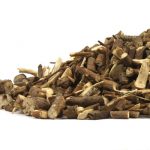
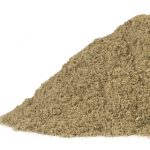
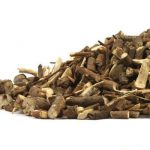

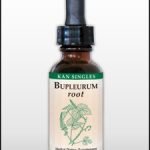
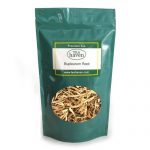
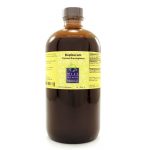
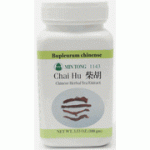
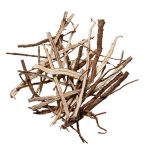
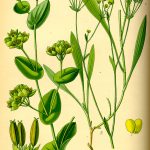
0 Comments